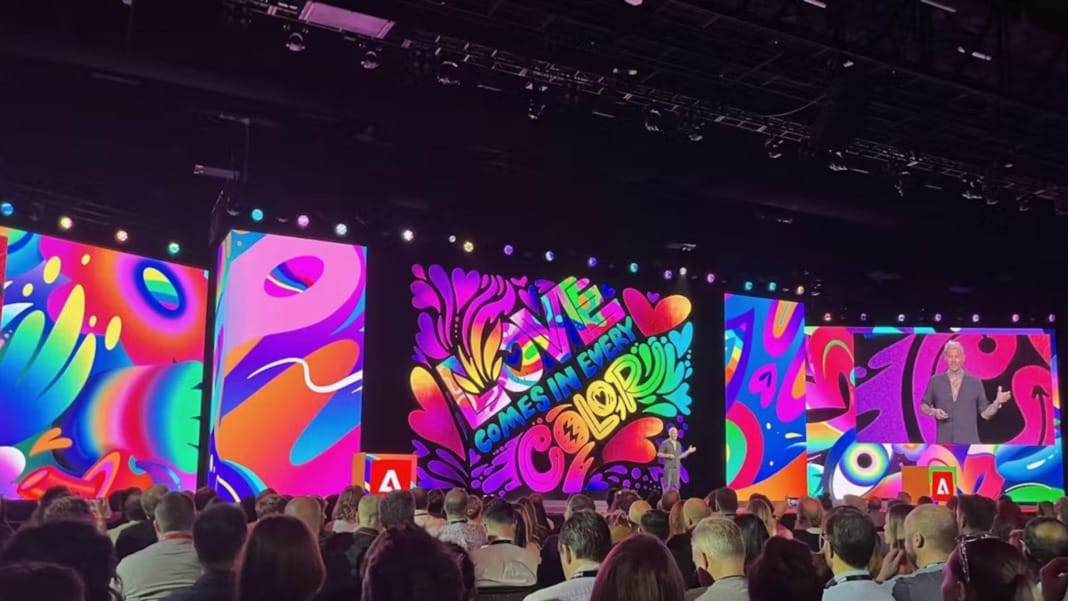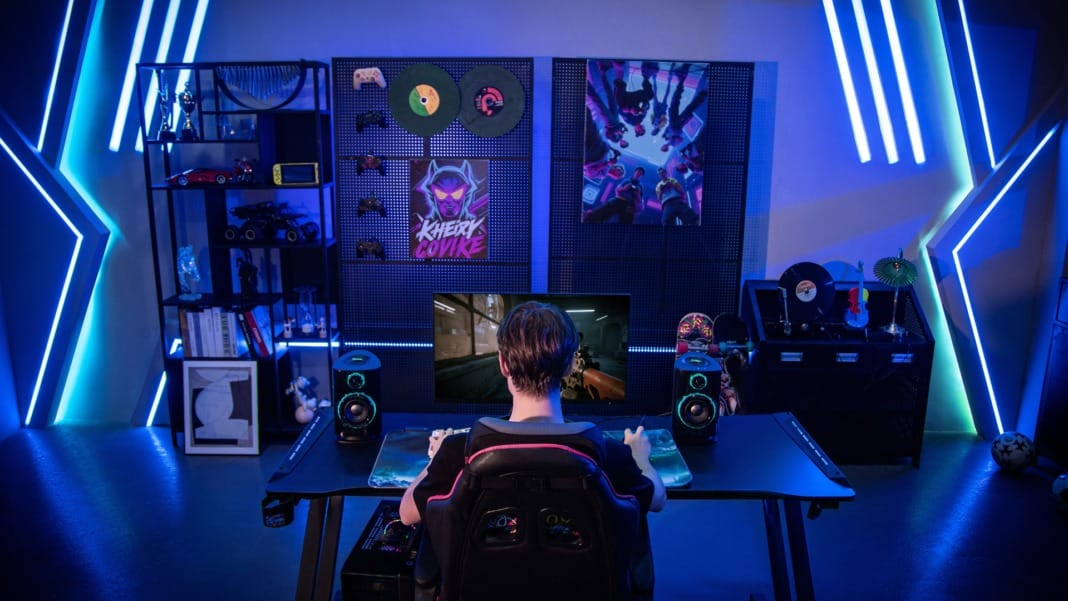Adobe has announced a suite of new artificial intelligence features across its popular Creative Cloud applications, including Photoshop, Premiere Pro, and Lightroom. The reveal took place at the company’s annual Max event, where Adobe showcased how its generative AI innovations are transforming the way creators edit photos and videos.
New AI models expand Photoshop’s creative possibilities
One of the biggest updates is to Photoshop’s Generative Fill feature, which now lets users choose from multiple AI models to generate or modify content within an image. In addition to Adobe’s own Firefly image model, users can now switch between Google’s Gemini 2.5 Flash and Black Forest Labs’ Flux.1 Kontext. This gives creators greater flexibility and a wider range of styles when inserting, removing, or replacing objects or people in their work.
With a simple text prompt, users can describe the edits they want to make—such as adding a background element or changing a subject’s clothing—and instantly see results from different AI models. This approach enhances creative control while speeding up workflows that previously required detailed manual editing.
Photoshop is also rolling out an AI Assistant in private beta for its web version. The assistant functions as a chatbot-style interface that takes natural language instructions like “increase the saturation” and automatically applies the edit using Photoshop’s toolset. Adobe first teased this feature in April, and a similar capability is being launched publicly for Adobe Express, the company’s streamlined content creation platform.
Lightroom and Firefly receive significant upgrades
Adobe is also introducing a new beta feature for Lightroom called “Assisted Culling.” This tool uses AI to automatically analyse and filter large photo libraries based on factors such as focus, sharpness, and composition. By highlighting the best shots, the feature helps photographers save time and concentrate on editing their strongest images rather than sorting through hundreds of similar frames.
The underlying Firefly AI model that powers many of Adobe’s creative tools has also been upgraded. The new Firefly Image 5 model can now generate native four-megapixel images without requiring upscaling, delivering sharper, more realistic results. Adobe says the model has been fine-tuned to depict human subjects better and handle complex lighting and textures.
In Photoshop, Firefly Image 5 supports prompt-based editing, where users can describe specific adjustments in plain language and see them applied instantly. The model also enables a new Layered Image Editing feature, which intelligently maintains context—such as automatically adjusting shadows when an object is moved within a scene.
Premiere Pro introduces AI-powered masking for video
Video editors are also set to benefit from Adobe’s latest updates. Premiere Pro now includes a new tool called AI Object Mask, available in public beta. This feature automatically identifies and isolates people and objects in video frames, allowing editors to apply effects such as colour grading, blurring, or lighting adjustments without manually tracing subjects with the pen tool.
The AI Object Mask aims to reduce the time editors spend on frame-by-frame masking, a traditionally labour-intensive process in video production. Adobe’s goal is to let creators focus more on storytelling and visual quality while letting AI handle the repetitive and technical aspects of the workflow.
These updates reinforce Adobe’s commitment to integrating generative AI across its creative ecosystem, combining automation with human creativity. As the company continues to expand Firefly’s capabilities and bring AI-driven tools to more of its software, users can expect faster, more intuitive editing experiences across both photo and video projects.





